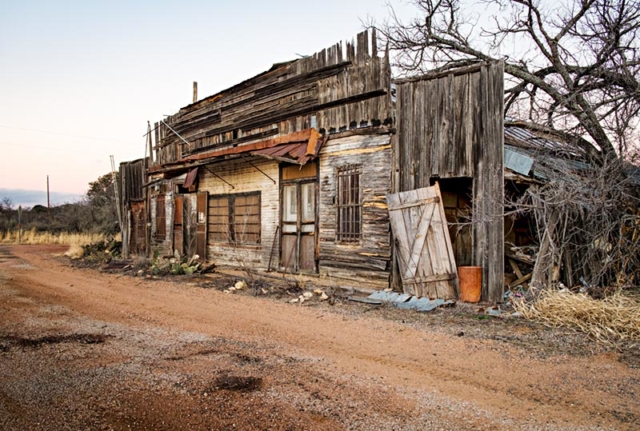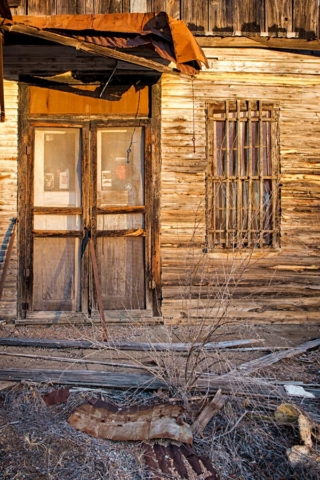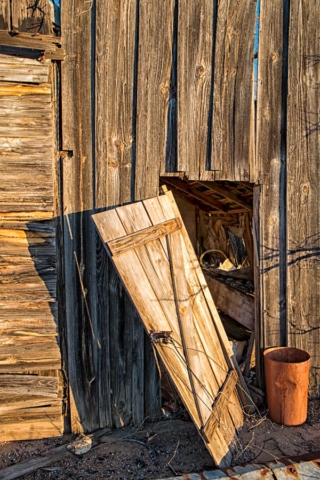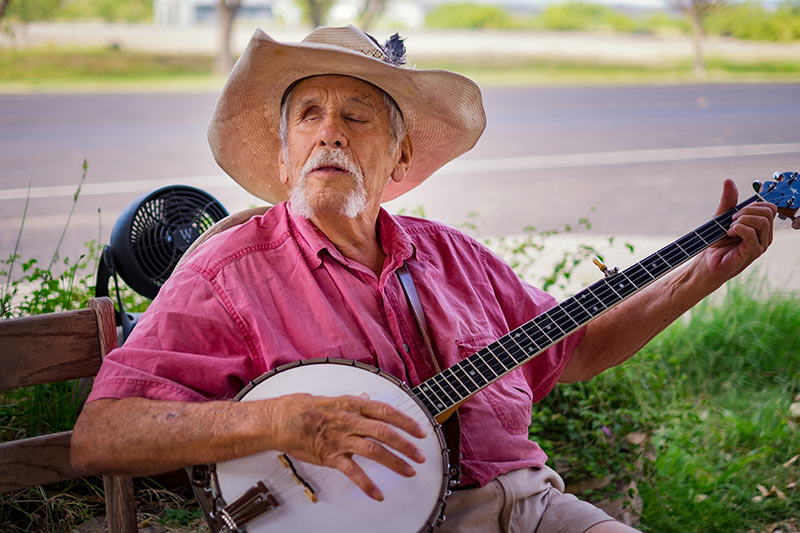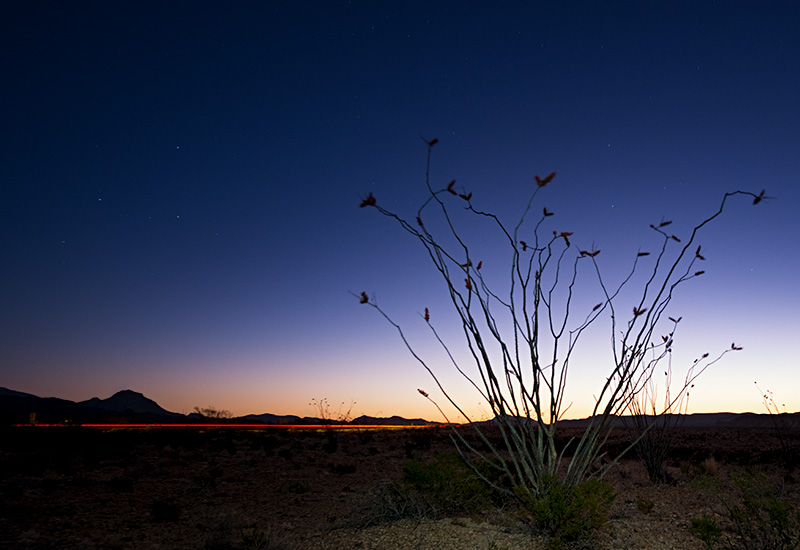Here in Texas the rural landscape is dotted with old buildings and machines. These days it is fashionable to photograph abandoned structures. Some are quite beautiful as ruins. My interest in abandoned places is not about the structures themselves but the people who inhabited them. Except for monuments, buildings generally serve a fundamental human purpose for shelter or common gatherings. People have always defined buildings through use.
There are lots of interesting places to explore on the Texas back roads. Many are on private property and inaccessible but a few are visible from public areas. They draw my attention immediately. This old post office and general store is just off the side of a county road. Judging by the construction it was probably built in the early twentieth century. From the artifacts and signage around the buildings it was still being used up until the nineteen sixties or even seventies.
The simple false front mercantile building with attached residence was constructed of rough sawn lumber from a nearby sawmill. It would not have been out of place on the frontier of the nineteenth century. The handmade wrought iron work was almost certainly done by a local blacksmith. All this is evidence of a community improving life for itself. This place was part of a world of personal relationships where friends were people you looked in the eye when you spoke.
Today many people commute twenty five miles every day without a second thought. A hundred years ago that may have been something families did once a week if they owned an automobile or maybe once a month by wagon. Places like a local post office were very important. They provided a portal to the world for rural families.
Artifacts around the building provide a sense of another era far from our daily lives. I doubt many people today ever see cigarette advertising stickers such as those on the doors. For that matter you won’t find swinging screen doors on most grocery stores. I doubt if people still use general delivery mail service outside of wilderness areas. They are just the small things of daily life that are swept away and forgotten.

